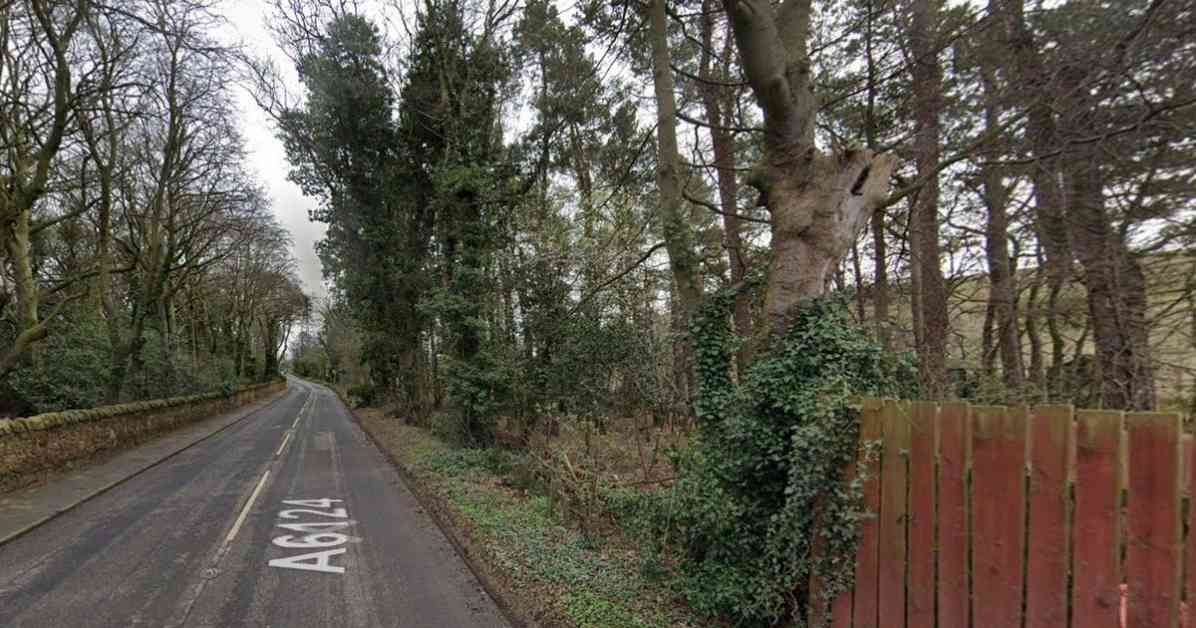Proposed Timber Fence in East Lothian Woodland Deemed Harmfully Intrusive
In a controversial move, the owner of woodland on the edge of a community in East Lothian has been denied permission to erect a nearly 100-meter timber fence, sparking a heated debate over the impact it could have on the surrounding landscape.
Owner’s Response
The owners of a cottage at Carberry, Whitecraig, applied to replace an existing wire fence with a six-foot high timber one but were met with resistance from planners who deemed it a ‘harmfully imposing feature’ at the entrance to the community. The owners, the Shearers, argue that the proposed fence is necessary to safeguard their property, as it serves as a crucial screen from the nearby waste and recycling center and heavy lorry traffic on the A6124.
Planners’ Perspective
However, planning officers have raised concerns that the timber fence would result in the loss of trees and damage to the existing landscape. They argue that the fence’s length, height, and solid form would be visually prominent and harmfully dominant within the woodland setting, detracting from the area’s character and appearance.
Upcoming Appeal
Despite the initial rejection of the planning application, the Shearers have appealed to the council’s Local Review Body, seeking to overturn the decision. The appeal is scheduled to be heard later this month, with both parties presenting their cases to determine the fate of the proposed timber fence.
As the community awaits the outcome of this dispute, the balance between property rights and environmental preservation hangs in the balance. The clash between the Shearers’ desire to protect their property and the planners’ concerns about the visual impact on the surrounding woodland raises important questions about land use and conservation efforts in East Lothian.
Through this ongoing debate, it becomes clear that finding a middle ground between development and preservation is essential to maintaining the delicate balance between progress and environmental stewardship. As residents and officials navigate this complex issue, the future of the woodland and its surrounding community remains uncertain, highlighting the need for thoughtful and sustainable decision-making in land development projects.













